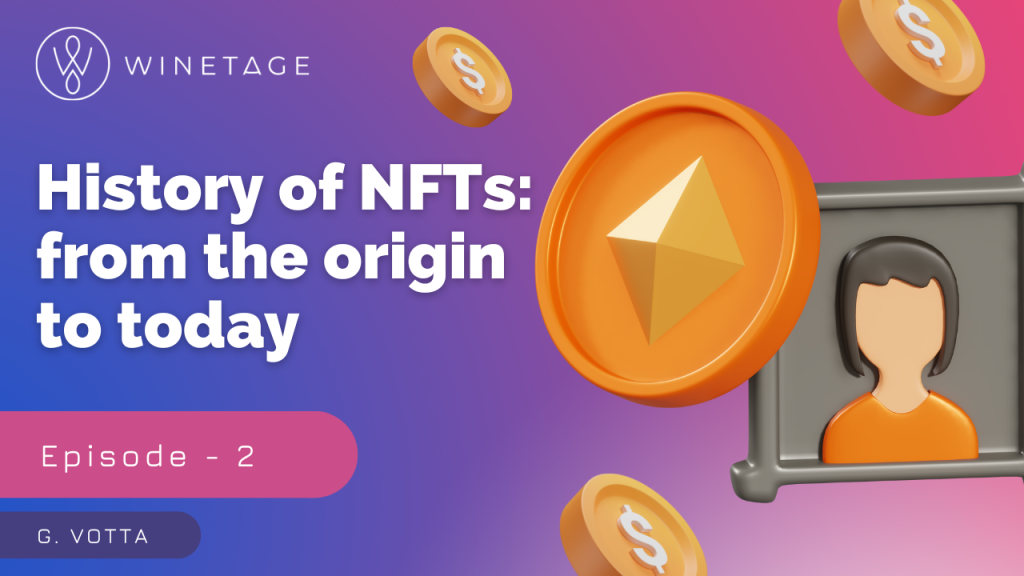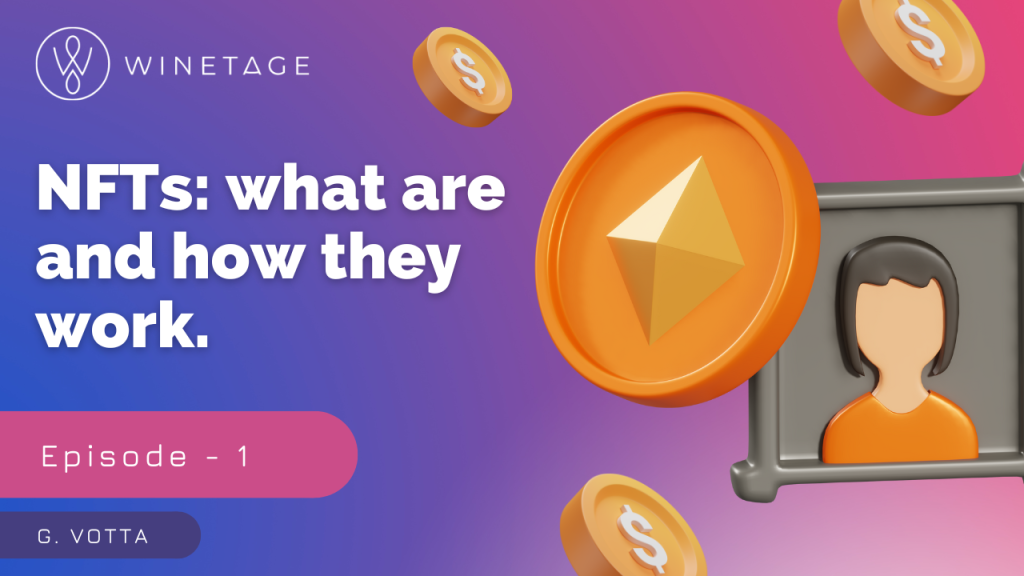
History of NFTs: from the origin to today
Non-Fungible Tokens, or NFTs, have taken the art and digital world by storm in recent years. These unique digital assets have become increasingly popular in the art world, with some pieces selling for millions of dollars. But where did NFTs come from, and how did they become so popular? Let’s take a look at the history of NFTs, from their origins to today.
Origins of NFTs
NFTs have been around for a few years now, but they have only recently gained widespread popularity. The first NFTs were created on the Ethereum blockchain in 2017. The concept of an NFT is based on the blockchain technology that powers cryptocurrencies like Bitcoin and Ethereum. Blockchain is a decentralized digital ledger that records transactions in a secure and transparent way.
The idea of creating unique digital assets that could be bought, sold, and traded like physical assets was not new, but it was the blockchain technology that made it possible. By creating digital assets on the blockchain, they could be easily verified and their ownership could be easily traced.
Early NFTs were mostly used in the gaming industry, where they were used to represent in-game items that could be traded between players. CryptoKitties, a blockchain-based game that allowed players to collect and breed virtual cats, was one of the earliest examples of NFTs being used in this way.
Rise in Popularity
While NFTs had been around for a few years, they really exploded in popularity in early 2021. In February of that year, digital artist Beeple sold a digital artwork called “Everydays: The First 5000 Days” for $69 million at Christie’s auction house. This was a major moment for NFTs, as it demonstrated their potential to be used as a new form of art investment.
After Beeple’s record-breaking sale, many artists and creators began exploring the possibilities of NFTs. Musicians started selling digital albums and singles as NFTs, while athletes began releasing NFTs of highlights from their careers. Even tweets and memes were turned into NFTs and sold for thousands of dollars.
The Future of NFTs
So, what does the future hold for NFTs? While it’s hard to predict the future, it’s clear that NFTs are here to stay. They offer a
new way for creators to monetize their digital creations and for collectors to own unique and verifiable digital assets. As blockchain technology continues to advance, NFTs could become even more widely used in various industries beyond art and gaming.
However, there are also concerns about the environmental impact of NFTs, as the process of creating and trading them requires a significant amount of energy. Some artists and collectors have also expressed concerns about the elitism and exclusivity of the NFT market, as the high prices and technical requirements of NFT ownership may limit access for many people.
As NFTs continue to evolve and gain traction, it will be important to address these concerns and ensure that the technology is used in a responsible and equitable way. Nonetheless, NFTs have already made a significant impact on the art and digital world, and their potential for the future is vast and exciting.




Commenta